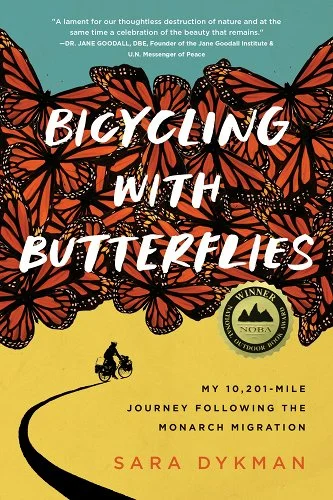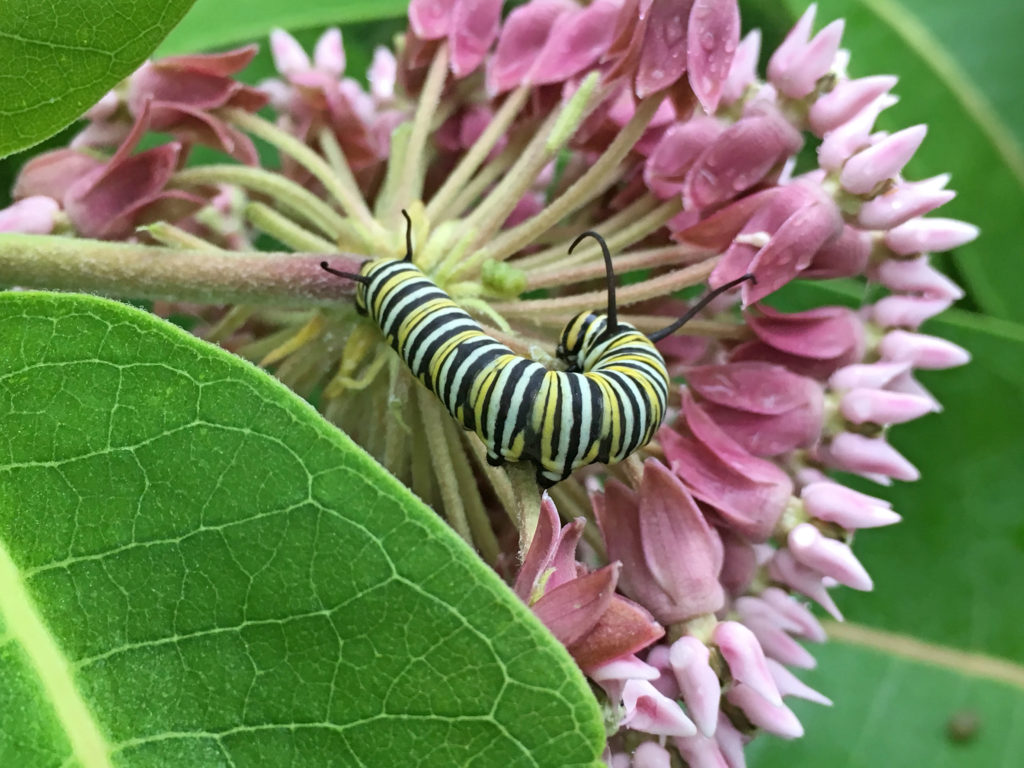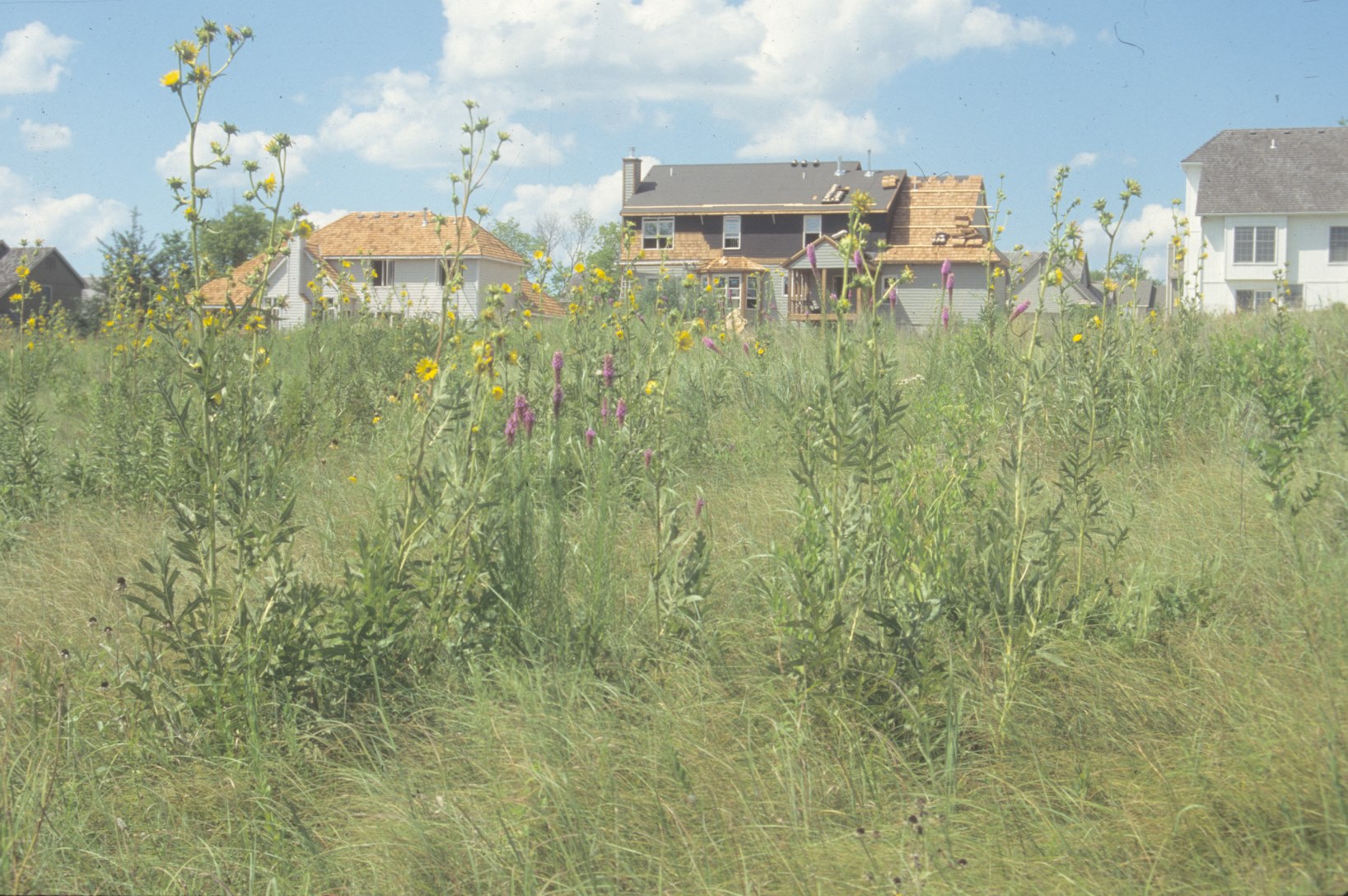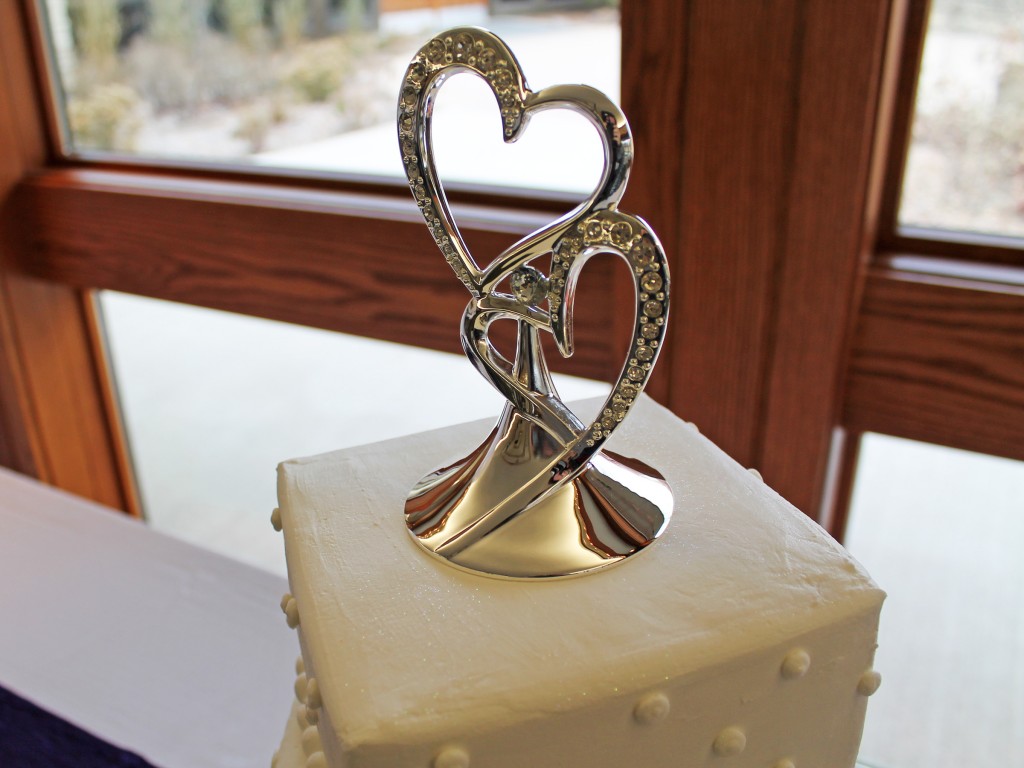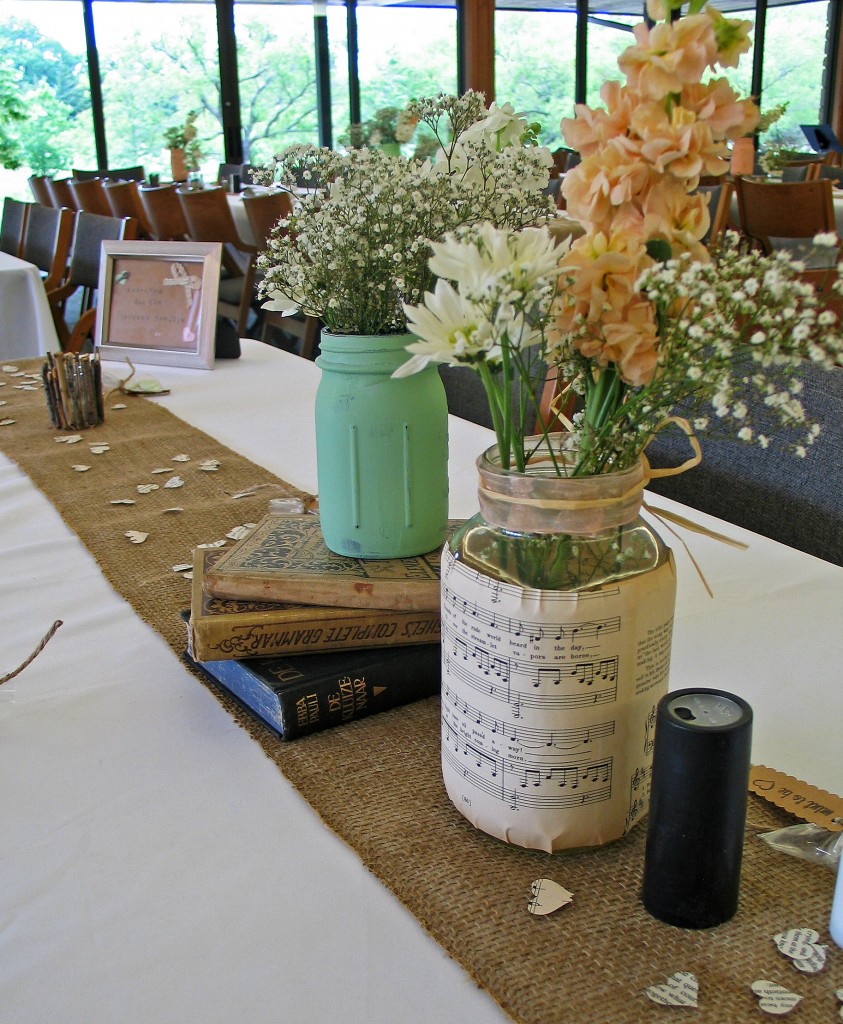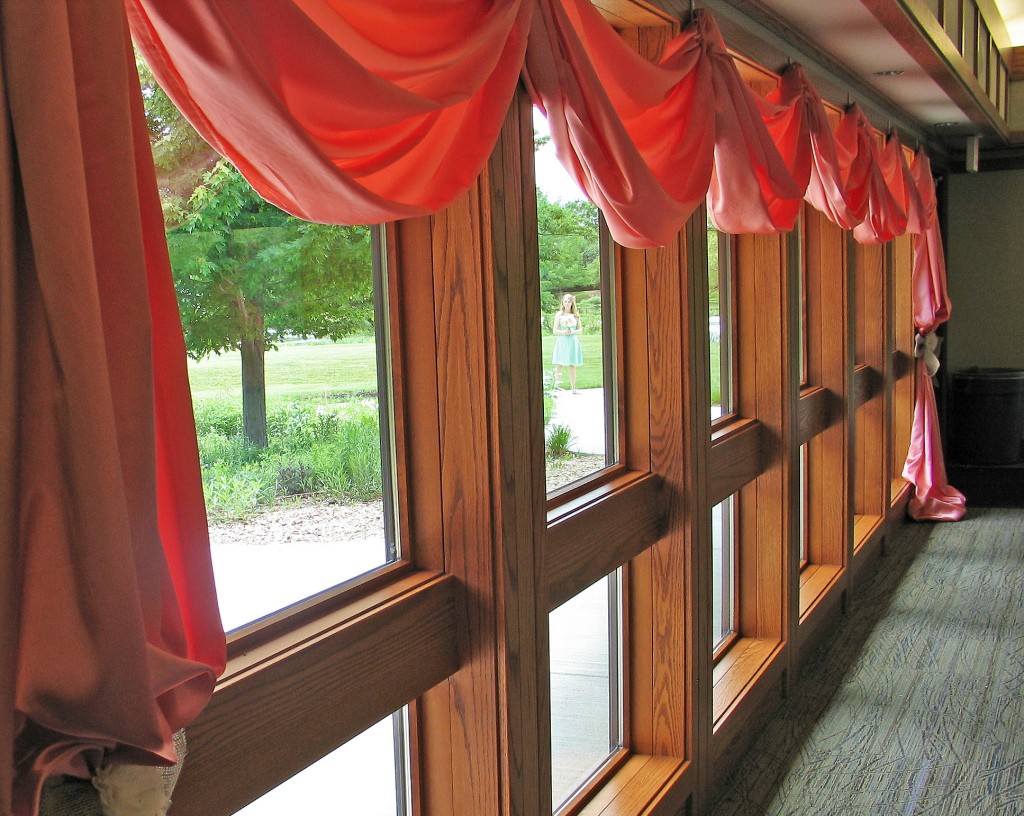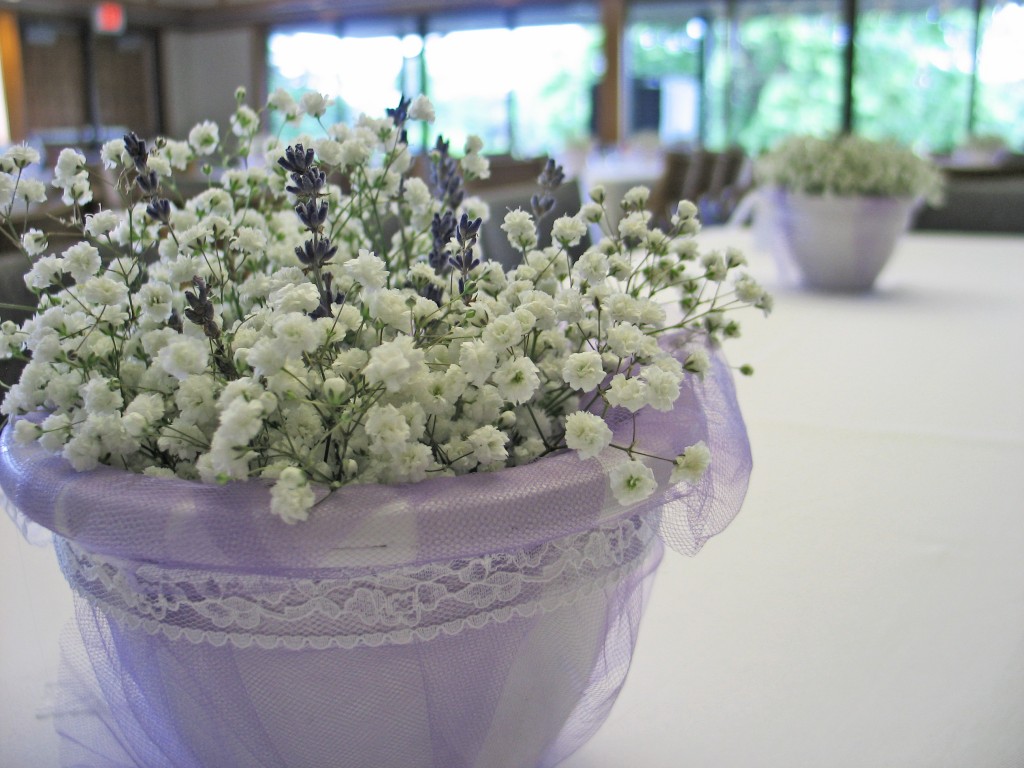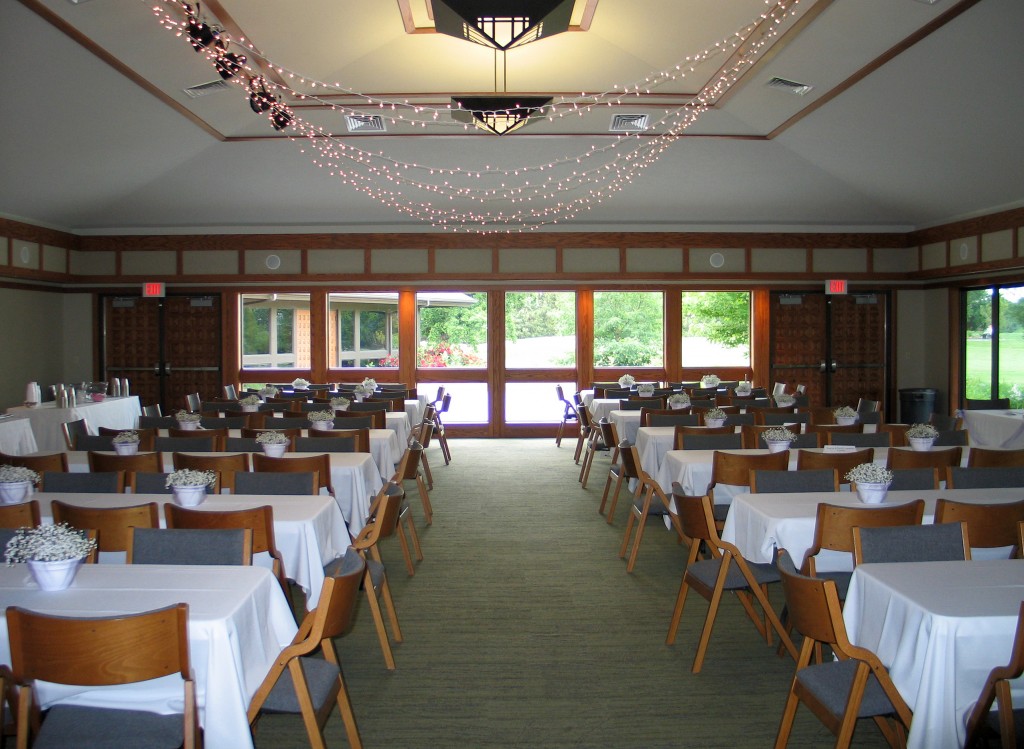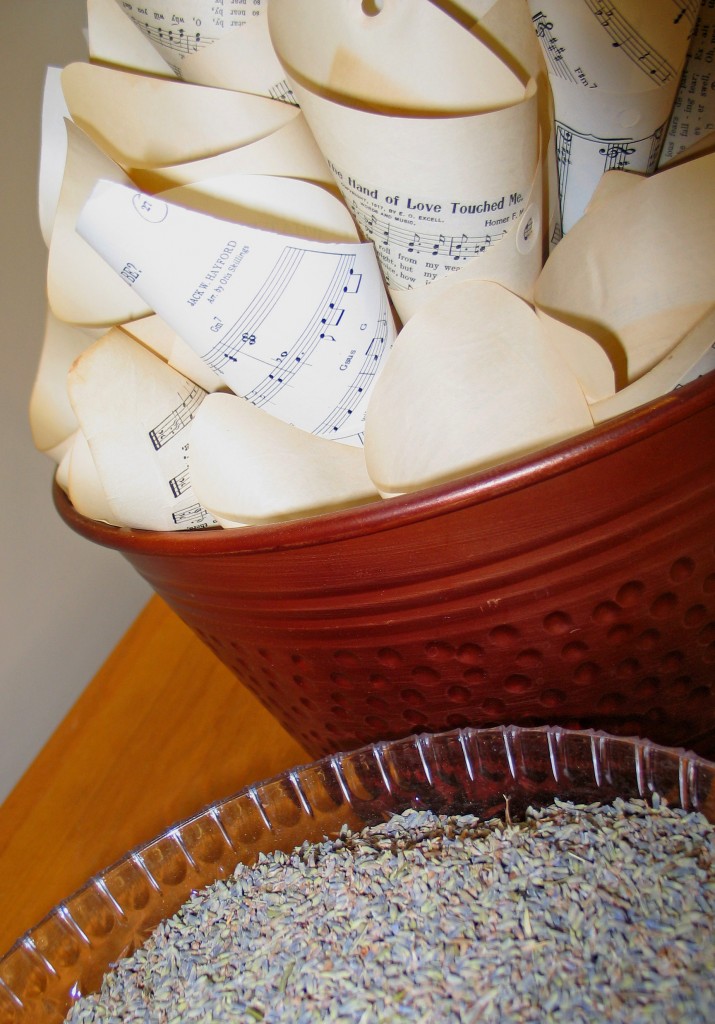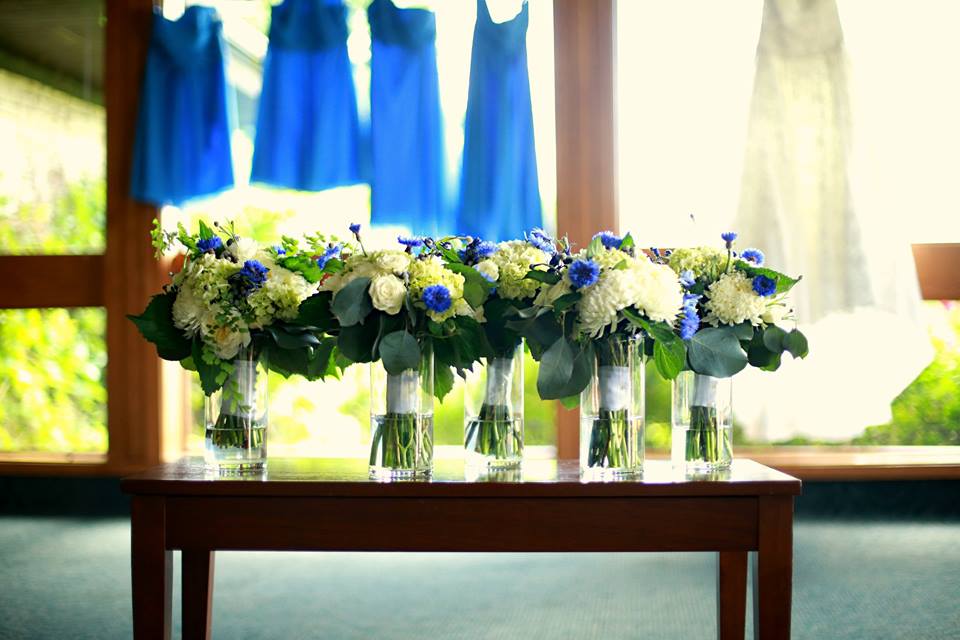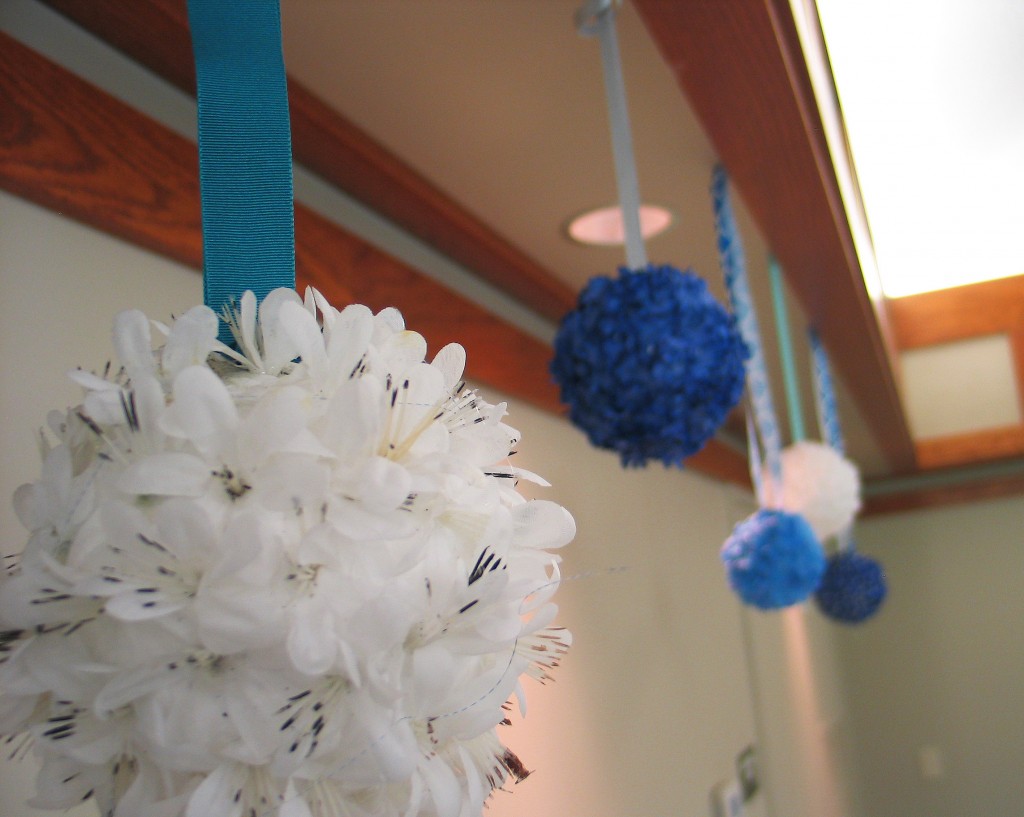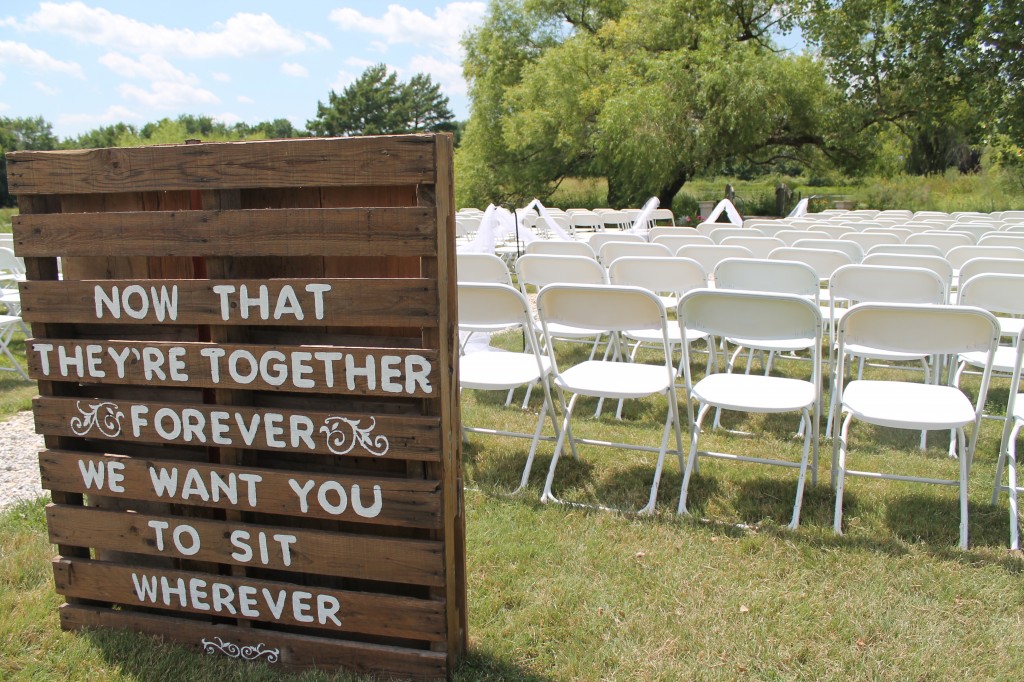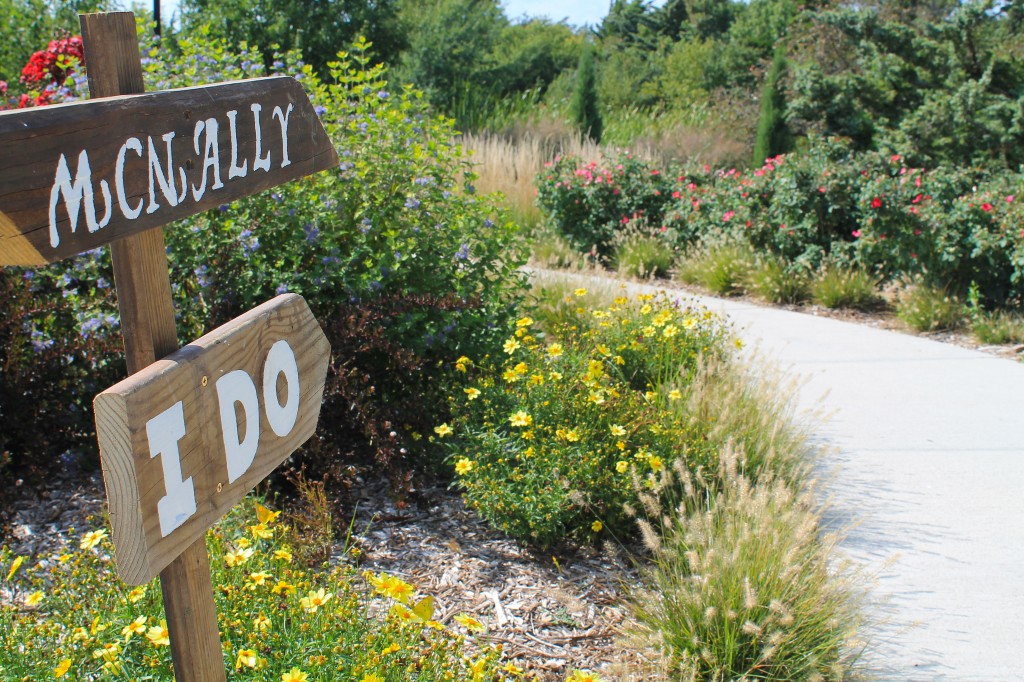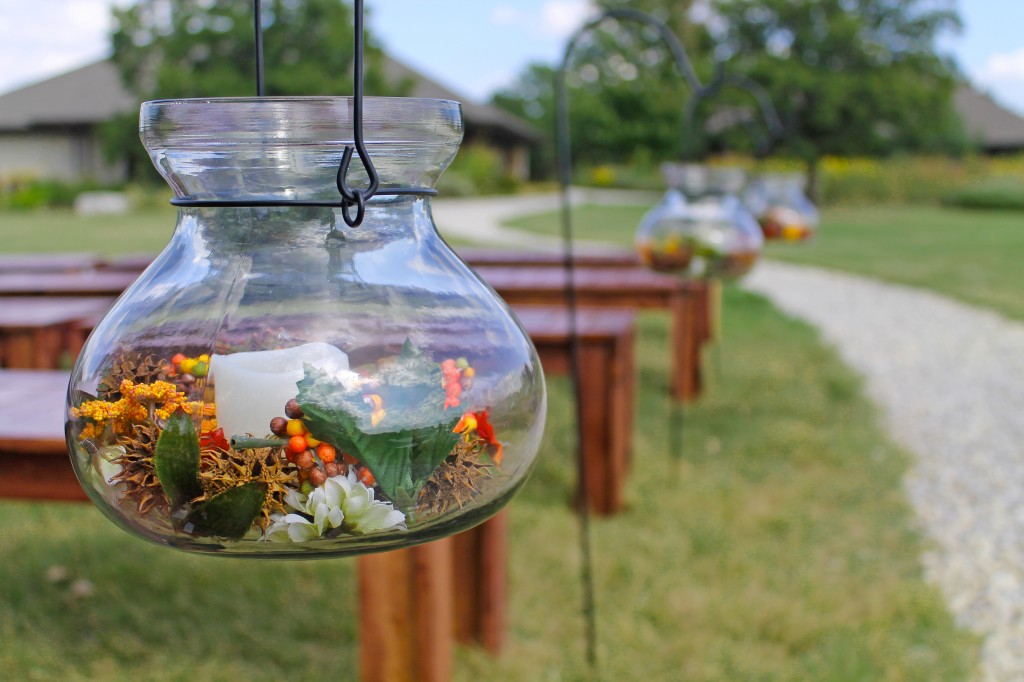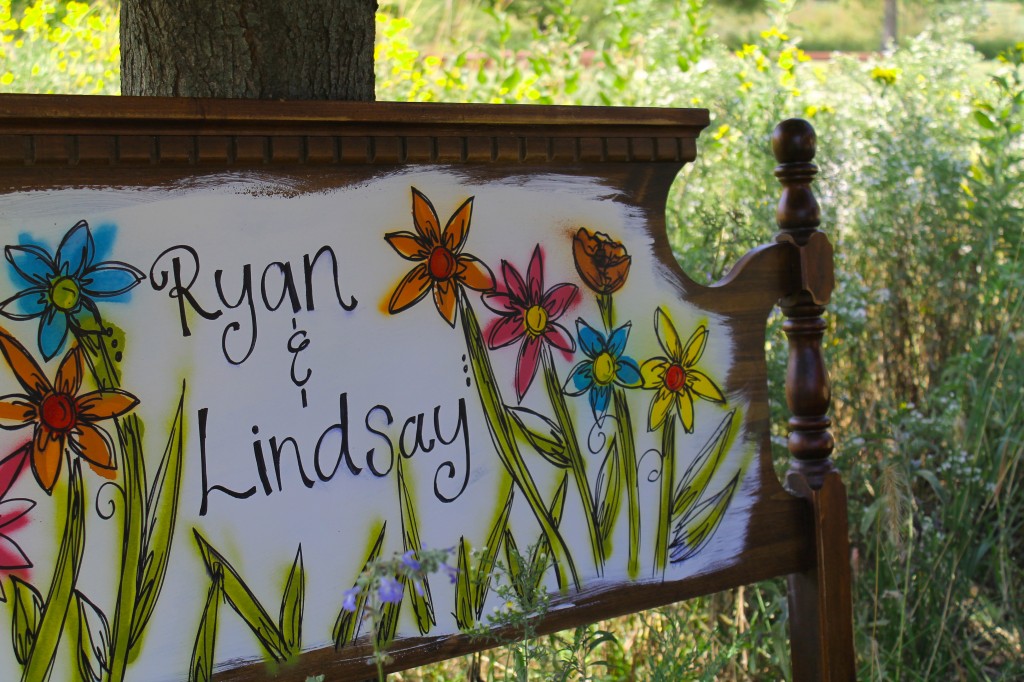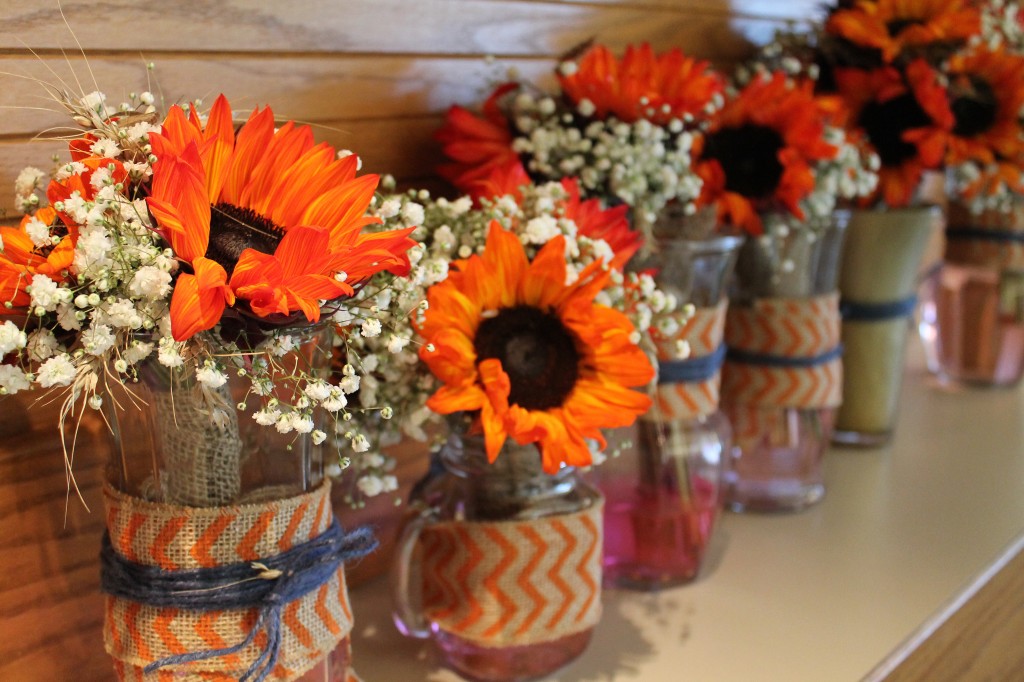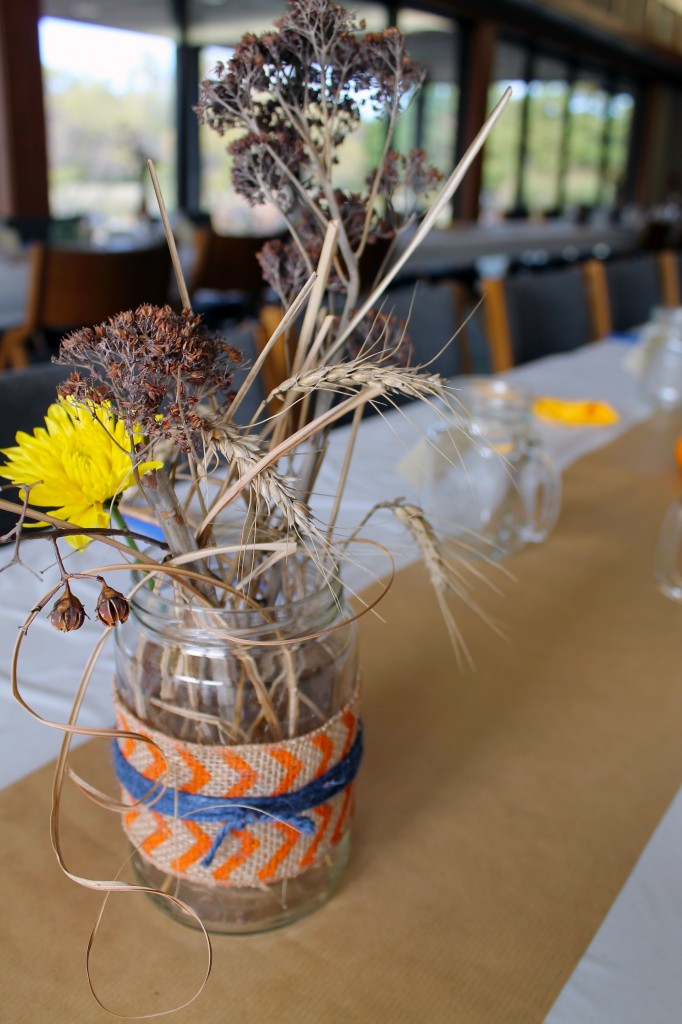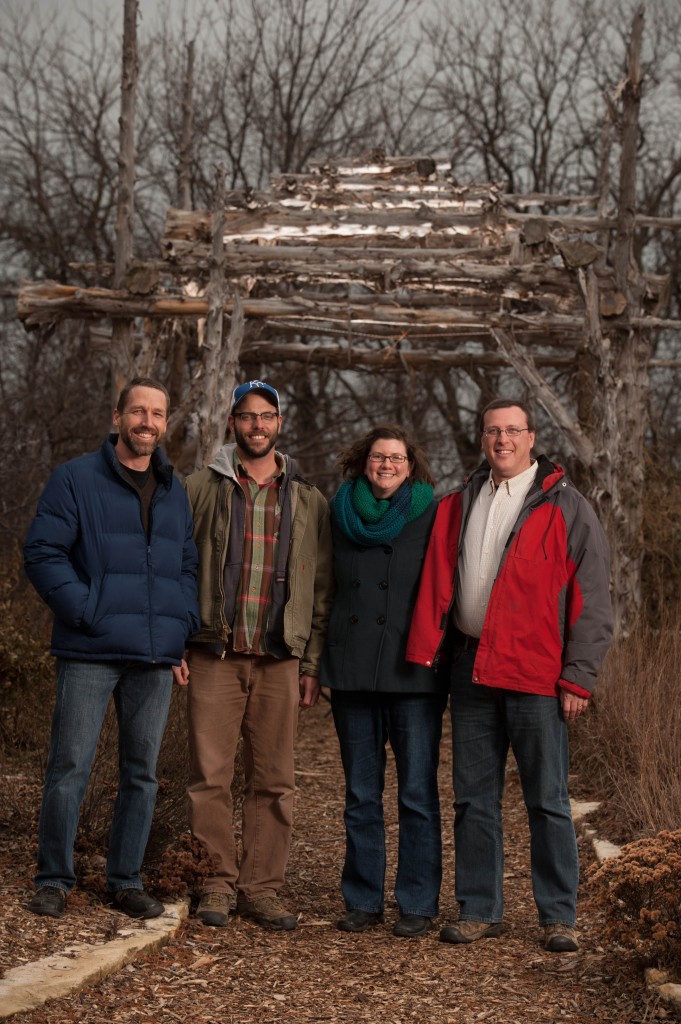I’m a part of the Nature Book Club through the Dyck Arboretum. One of the books we read this last month was Bicycling with Butterflies: My 10,201 mile journey following the Monarch Migration by Sara Dykman.
I loved this book and we had a great discussion on it. A young woman rides her bike from the monarch refuges in Mexico, up through the United States and into Canada, and back to Mexico again. She follows the same path as the monarchs, gives school programs and talks to anyone who will listen about the importance of the Monarch, the importance of growing milkweed as their food, and supporting them any way that we can.
I’d like to share a few of the most poignant excerpts from this wonderful book.
Dykman writes about the value in riding a bike rather than driving because… “blurred by the pace of human velocity is a whole world crunching, crawling, wriggling, slithering, budding, branching, mating, living, dying, and migrating through a realm most of us look at but rarely see…Milkweed is the sole food source of the monarch caterpillar. There are more than 100 species of milkweed, seventy native to the U.S.”
“Most of us learn the basics of this transformation of the caterpillar into a butterfly in grade school, but as adults, we stop truly looking, assuming there is nothing new to see. It is when I really look, with all my senses, at the feat of an egg becoming a butterfly that I find God”…“I can’t imagine the amount of ice cream I would need to eat to grow from 150 pounds to 300,000 pounds in just two weeks. We often overlook the grandness of small things.”
She also talks about being a native Kansan.
In my home state, once a galaxy of grass, the tallgrass prairie now barely clings to its soil. Once present from Canada through Texas, now just 1 percent of the historic tallgrass prairie remains, making it one of the most rare and endangered ecosystems in the world…
Sara Dykman
She discusses the interconnectedness of all life forms and the impact of our actions.
“Each of the 2 million tagged monarchs forms a connection to humanity. Every milkweed planted in the 28,210 way stations connects a gardener to the earth. With action comes solution. With action comes connections – connections to a team that is growing bigger every year, and to a migration that is growing smaller but that we will not give up on… You can’t protect just one aspect of a traveler’s journey; to protect the traveler, you must protect their every step, every wing beat. Migrating animals need safe habitat from here to there, in the summer, spring, winter, and fall…
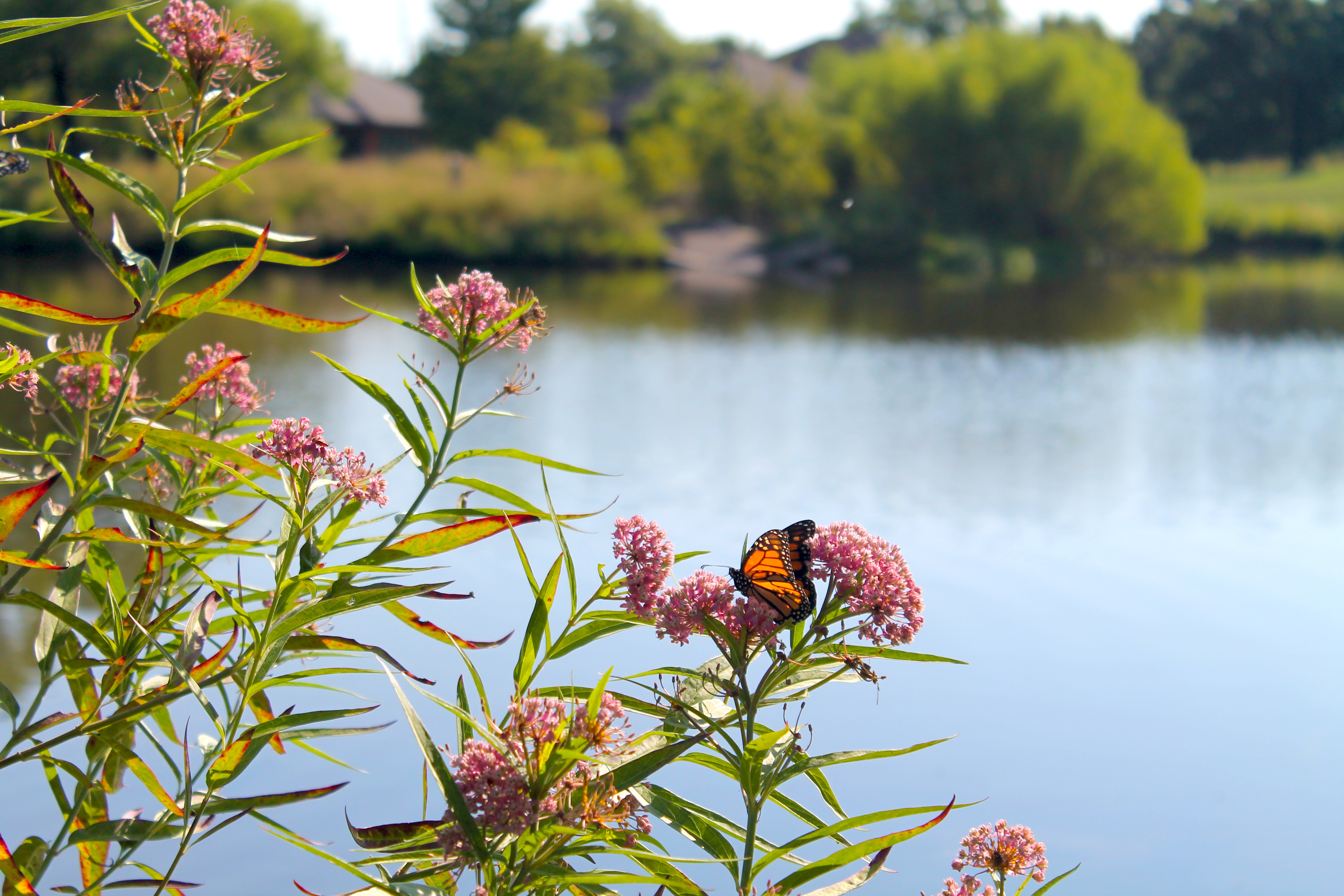
“Current farming practices don’t leave room for native plants like they once did…Monarchs require milkweed. Without milkweed, there can be no monarchs. We have to change how we farm…There were once billions of monarchs.. now there are millions. There had been millions of Eskimo curlews, billions of passenger pigeons, and trillions of Rocky Mountain locusts–now there are zero…
I began to see the monarch as a symbol of compassion…we recognize the monarch’s struggle. We rally, fight, cry, get angry, and do something.
Sara Dykman
“We are told that manicured lawns are beautiful, that we must control nature in order to live with it, but that is a lie. Beauty is the give and take between plants and animals. Beauty is milkweed ripe with exploding purple blooms, feeding the shaggy maned tussock moths and bees and monarchs. How can we possibly judge so much life as unworthy?”

